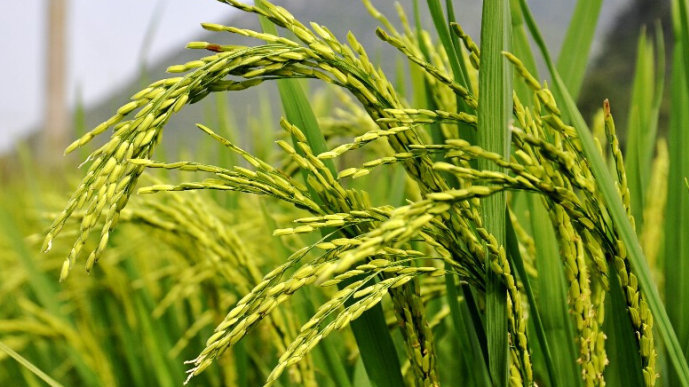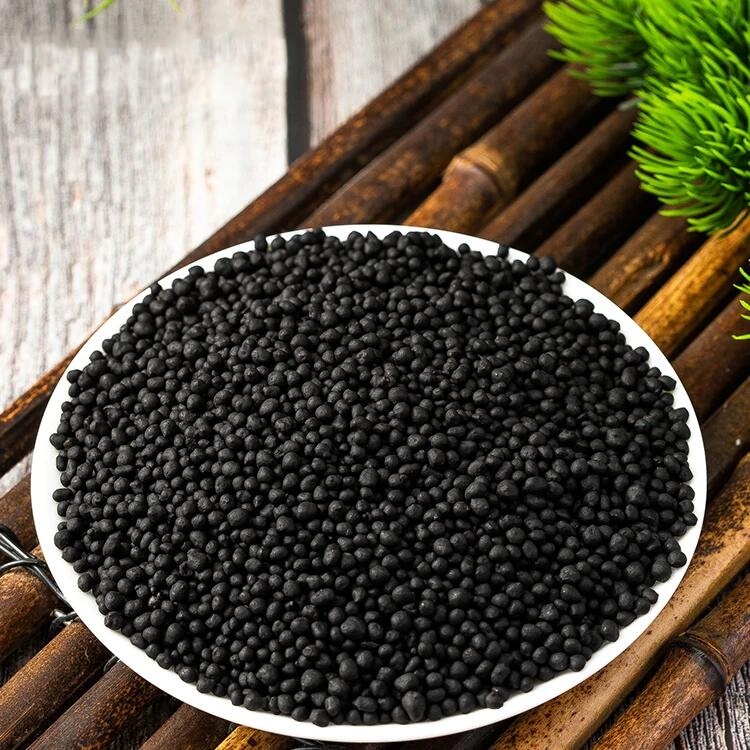As we all know, the main application field of humic acid is agriculture, so do you know its effect on crops? This article briefly explains the effect of humic acid on crops.
The effects of humic acid on crops are mainly reflected in three aspects: plants, fertilizers, and soil.
1. The effect of humic acid on plants
Research has confirmed that humic acid can promote plant growth and increase plant yields. For example, applying humic acid to wheat can promote root extension and increase biomass; applying humic acid to rice can significantly increase plant height, tiller number, thousand-grain weight, straw and grain yield. ; Application of humic acid to corn can significantly reduce the time from planting to tasseling and silking, and significantly increase crop height and yield per unit area.
2. The effect of humic acid on fertilizers
Humic acid also has the effect of increasing fertilizer utilization and improving crop quality, such as increasing nitrogen, phosphorus and potassium fertilizer utilization of wheat/rice/corn; improving the quality of lettuce/rape/onions/tomatoes, etc., reducing nitrate content in the body; reducing strawberry powdery mildew , incidence of gray mold and fruit rot.
3. The effect of humic acid on soil
Humic acid can have beneficial effects on crop physiology by improving soil structure, increasing soil fertility, affecting nutrient absorption and root system architecture.
In summary, humic acid has a significant effect on crops and can regulate the growth of crops from three perspectives: plants, fertilizers, and soil.



